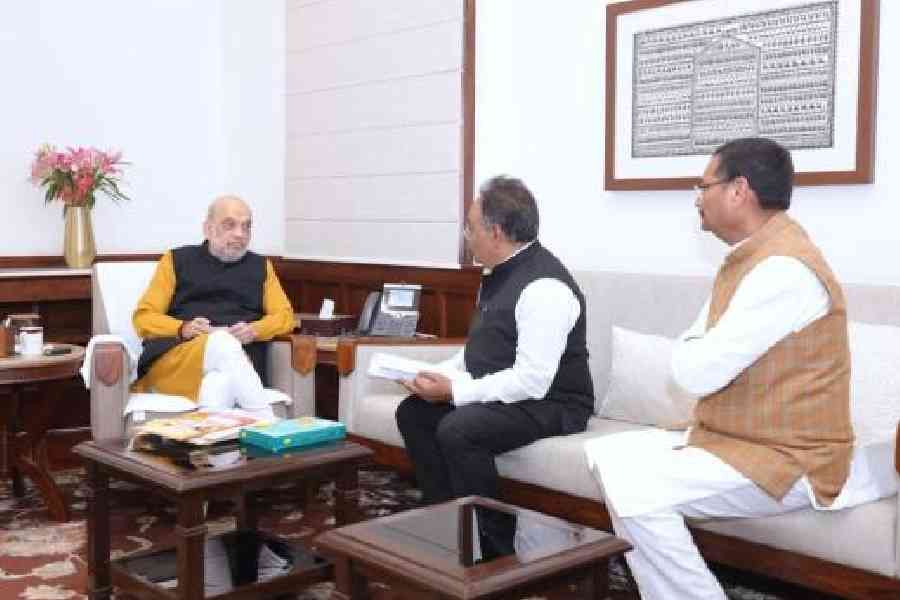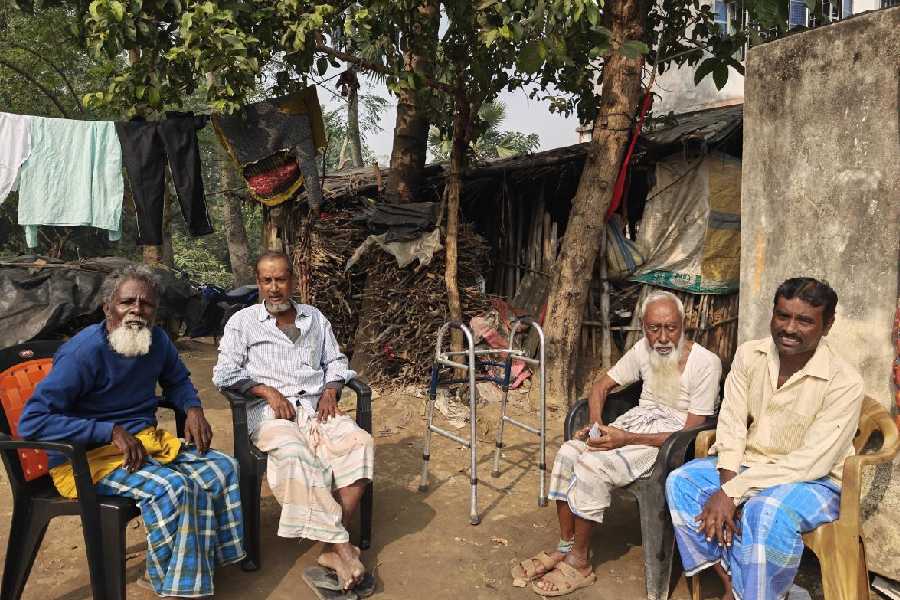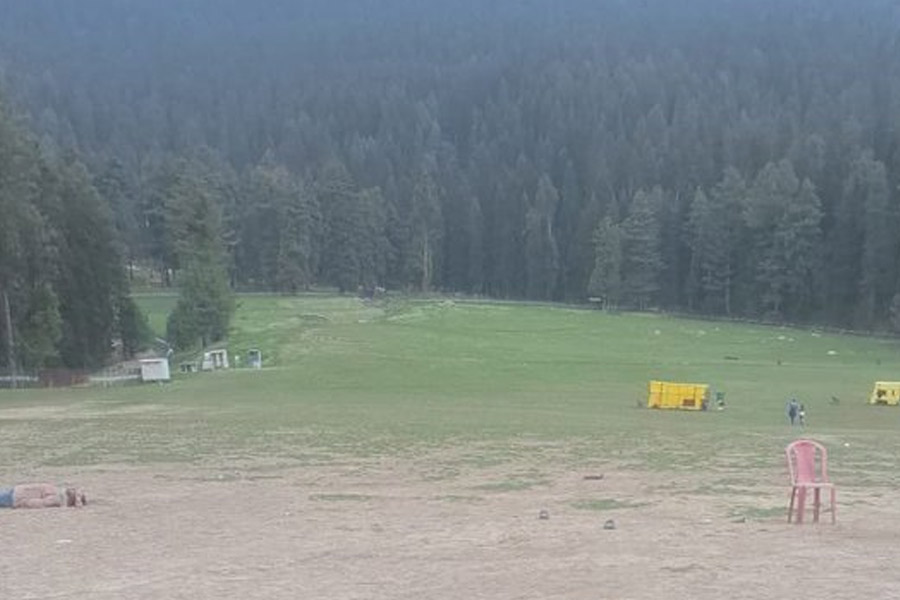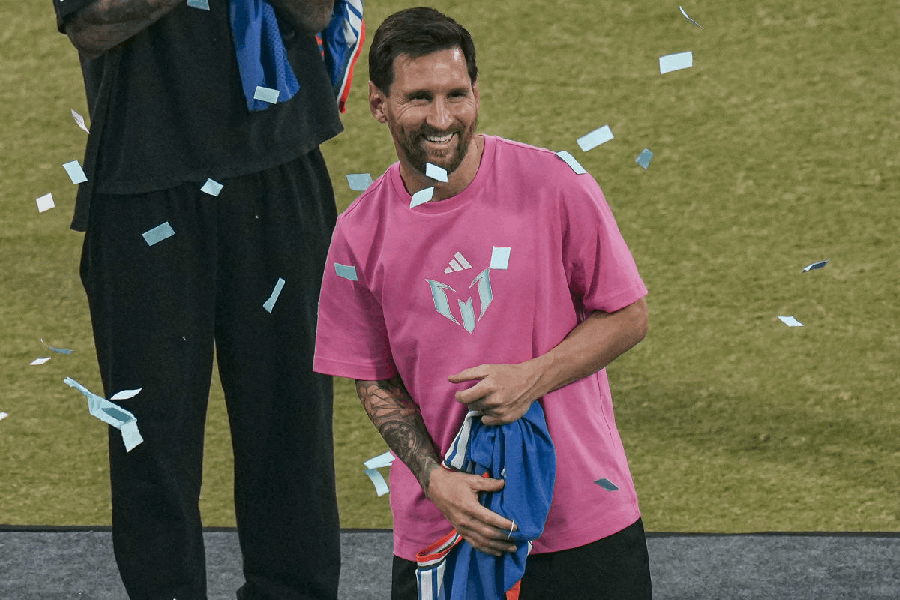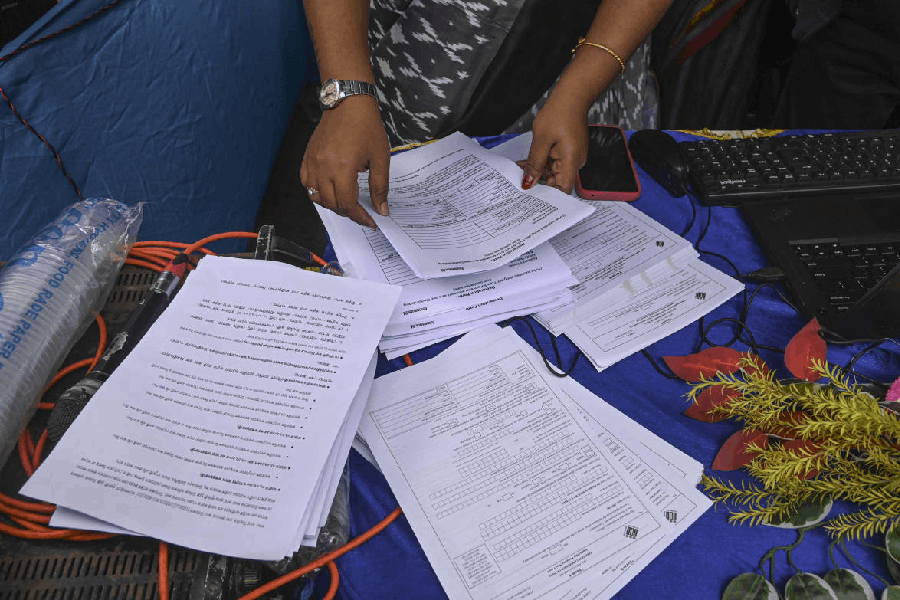London: Caster Semenya grins broadly when she catches sight of the sea and breaks into a sprint before launching her remarkable frame into cartwheel after cartwheel.
“I could run on this beach for an entire week,” the 21-year-old South African yells above the sound of the thundering surf.
She was 16 when she saw the sea for the first time and dreams of owning a home beside it. First, there is a more immediate ambition.
“My plan is to win the Olympics,” she says. “It’s a very simple plan – to win my first Olympic final in a world record time.”
The last three years have obviously been a healing time for the shy runner who, aged just 18, was subjected to a lengthy furore over her masculine physique, square jaw and dramatically improved times.
Just hours before the women’s 800m final of the 2009 World Championship in Berlin, it emerged that Semenya had undergone examinations to confirm her gender.
As she lined up to race under a sudden and prurient media spotlight, the runner not only appeared unmoved, but won gold.
Semenya’s appearance atop the podium only fuelled a vulgar debate. Shrill headlines shouted Man or Woman? South Africa’s athletics board even lied to its running sensation and carried out secret tests.
Semenya missed nearly a year of competition while her most personal statistics were pored over by a medical panel convened by the international athletics authorities.
She was finally cleared to resume competing in July 2010, only for her return to be plagued by injury.
Now, stretched out on her hotel room bed in Port Elizabeth, where she is competing at a national meeting, Semenya chooses her words carefully as she recalls being the most talked about athlete in the world.
“I was the favourite to win in Berlin, but I was very lonely,” she says. “I knew what the newspapers were writing about me and what was being said on TV, but I did not care.
“I knew what my job was – I wrote down my plans for the various heats, one by one, ‘this is how the semi final should be run’ and so on, and also the final. Of course I was very hurt, but I did my job.”
Semenya’s Finnish manager, Jukka Harkonen, takes up the story to spare his protegee distress. “I never saw Caster crying about what happened, but she was really depressed.
“If you subjected 100 top athletes to the same thing, 99 would break down and be unable compete.
“Caster was handled terribly by the IAAF [International Association of Athletics Federations] and ASA [Athletics South Africa),” Harkonen says.
The results of the gender tests will never be revealed — one newspaper, citing a senior athletics source, claimed the results showed Semenya had both internal male and external female sex organs – but the fact that their existence became known was considered an appalling error of judgment by the athletics bodies and opened them up to accusations of sexism and racism.
“I was with other athletes in a bus during the championships in Berlin who were talking about the man who ran in the women’s 800m.
“I said to Caster later that ‘whatever happens now, you were No.1 in the world, remember that if you continue, but also if you don’t continue to compete’, “ Harkonen says.
Semenya reclaims the story, with a hint of defiance, and sits up. “What happened in Berlin and afterwards is history to me, we can do something for the future but we cannot change the history. I really did not want to stop running after what happened in Berlin, I really wanted to continue to run.
“I thought it would take just a few weeks to sort out but it took 11 months. There were many races in Europe that I wanted to be in, but could not compete in.
“My head needs to be 100 per cent for me to compete. I can still win with only 70 per cent of my muscles, but my head was still not 100 per cent when I made a comeback, everything had just gone after Berlin, I had to start from scratch — and build myself back up piece by piece.”
It was hard work, and required a massive effort for which Semenya’s childhood had helped to prepare her, she says.
Growing up in a poor, rural village in South Africa’s Limpopo province, she spent much of her childhood living with her grandmother who supported them on £10 a week. “I got up at five in the morning and milked the cows, I cooked over an open fire. I learned a lot from the ground during those years. My grandmother is still my role model,” she says.


